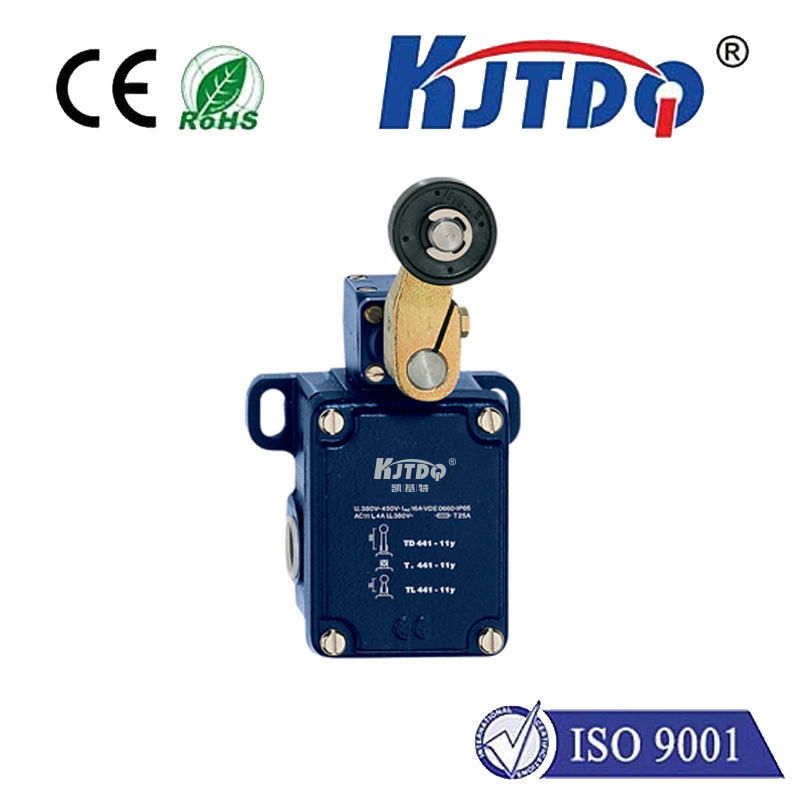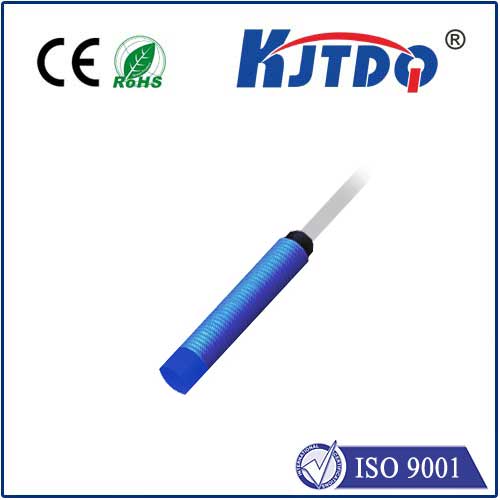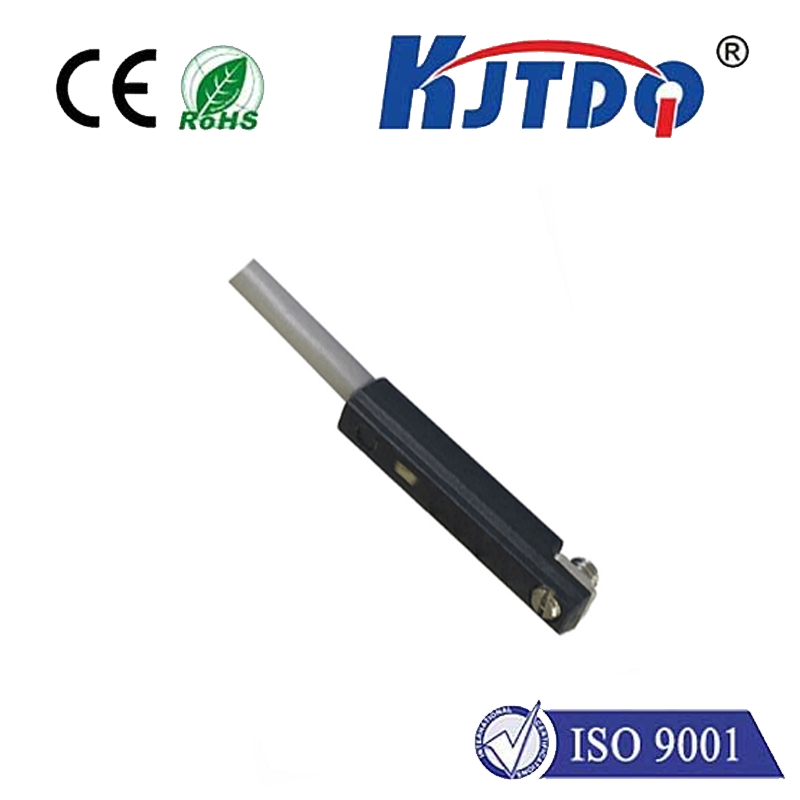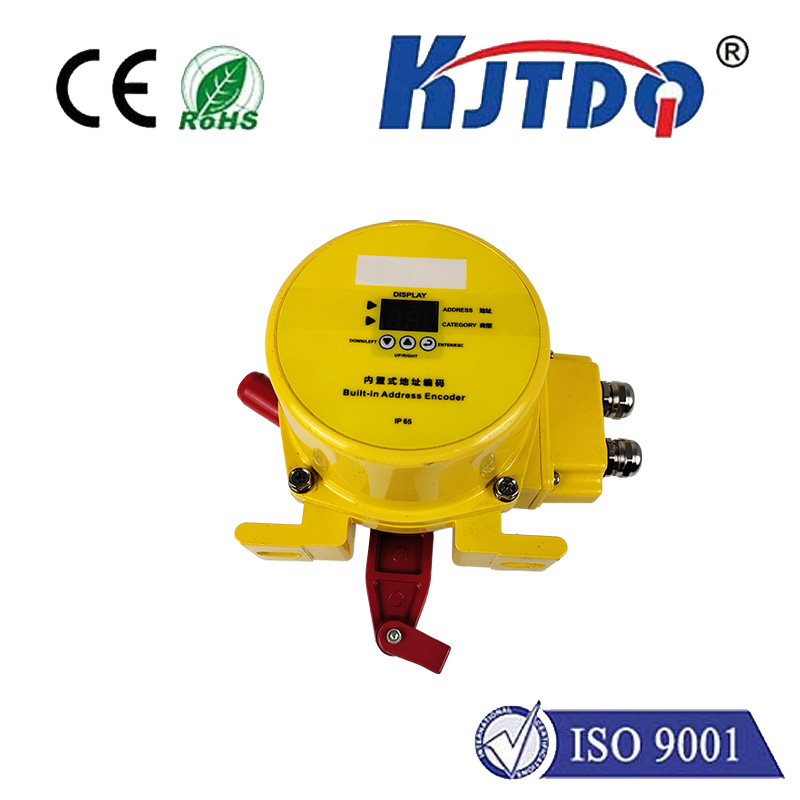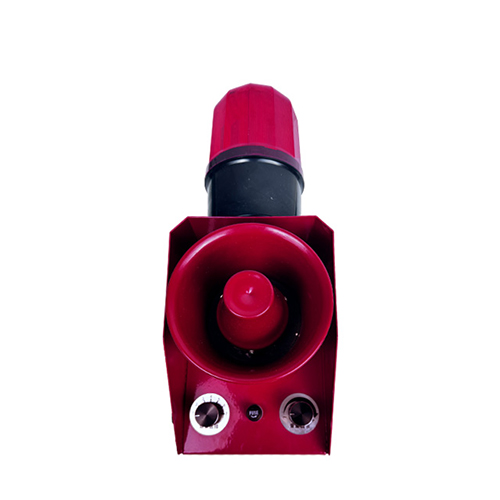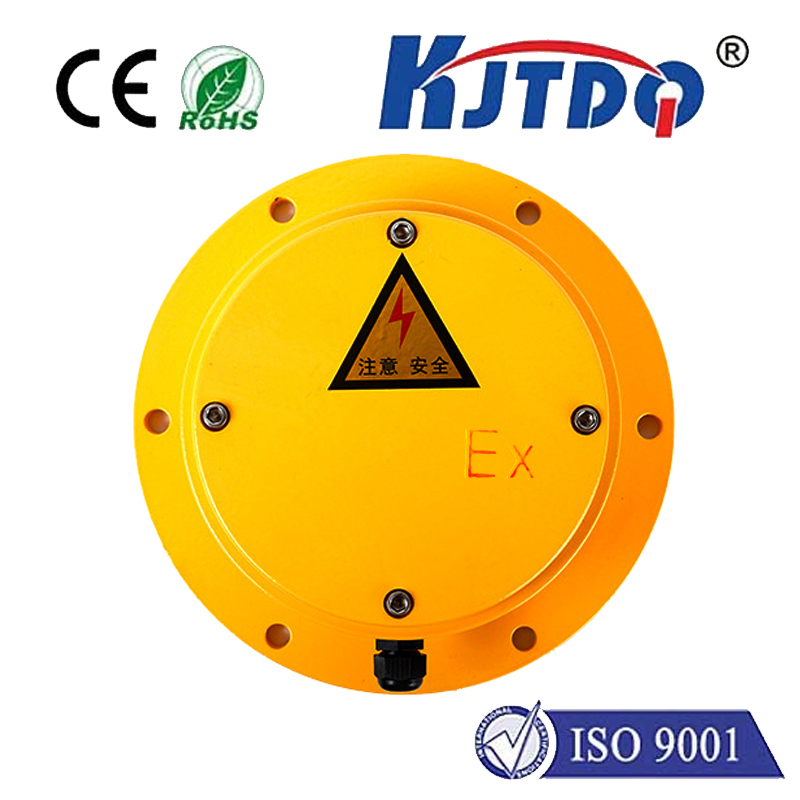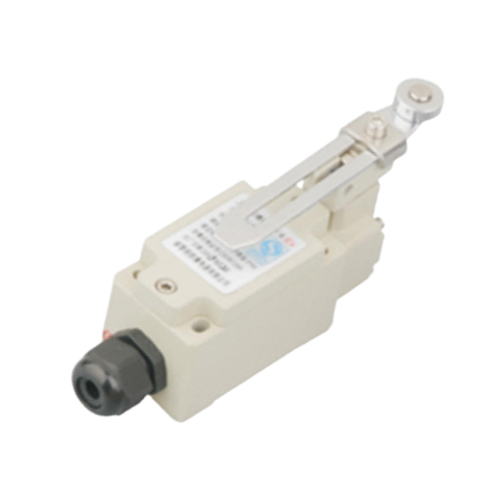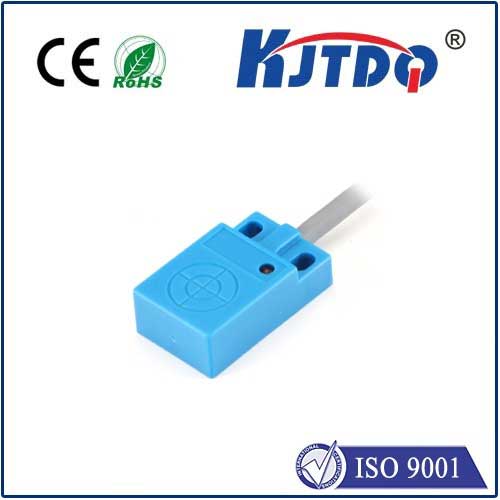cam limit switch
- time:2025-07-30 15:01:49
- Click:0
The Essential Role of Cam Limit Switches in Industrial Automation: The Unsung Heroes of Machinery Safety and Precision
Imagine a robotic arm suddenly stopping just millimeters before crashing into a vital component. Picture an elevator car smoothly halting at the exact floor level, every single time. Or consider heavy industrial machinery reversing direction automatically at the peak of its travel path. These critical moments of precision and safety often depend on a remarkably robust and reliable component: the cam limit switch.
Far more than simple on/off toggles, cam limit switches are fundamental electro-mechanical control devices acting as the vigilant “eyes and ears” at the boundaries of machine movement. They provide position detection and enforce travel limits within countless automated systems. This article delves into why these often-overlooked components are indispensable sensors for industrial automation, exploring their function, benefits, and critical applications.
Understanding the Core Mechanism: Simplicity Meets Reliability
At its heart, a cam limit switch operates through direct physical interaction:

- The Actuator/Cam Follower: This is the projecting arm, roller, or plunger protruding from the switch body. It is designed to make contact with an external moving part – the cam. This cam isn’t always the rotary type; it can simply be a strategically placed lug, block, or even the machine part itself moving along a defined path.
- The Triggering Event (Cam Action): As the machine moves, the cam physically engages or disengages the actuator. Applying force (tangential force for rollers, linear force for plungers) to the actuator overcomes the internal spring tension.
- Internal Switching Mechanism: The actuator’s movement is mechanically transferred to internal snap-action springs. These springs rapidly “snap” electrical contacts from one state to another (e.g., Normally Open to Closed, or Normally Closed to Open) at a precise point in the actuator’s travel. This snap-action is crucial for clean, reliable switching, minimizing contact arcing and ensuring longevity.
- Electrical Signal Output: The change in contact state generates a discrete electrical signal. This signal is instantly sent to the machine’s control system (like a PLC - Programmable Logic Controller). The PLC interprets this signal as a definitive positional command: “Position Reached,” “Limit Exceeded - Stop!” or “Reverse Direction Now.”
The Indispensable Value Proposition: Why Choose Cam Limit Switches?
Despite the rise of myriad sophisticated electronic sensors, cam limit switches remain a cornerstone in demanding industrial settings for compelling reasons:
- Unmatched Robustness & Durability: Engineered for harsh environments, they withstand vibration, shock, extreme temperatures, dust, moisture, and chemicals far better than many electronic counterparts. Their sealed enclosures and rugged actuators are built for longevity.
- Inherent Reliability & Fail-Safety: The direct mechanical override principle offers distinct advantages. Unlike sensors relying on signal interpretation or susceptible to electromagnetic interference (EMI), a physically depressed actuator provides absolute, unambiguous proof of position. No signal? The actuator isn’t pressed. This simplicity makes them intrinsically fail-safe for critical stopping functions. If power fails, the mechanical position detection still occurs.
- Precise Physical Positioning: Ideal for applications demanding exact physical location verification at predefined points. Adjustable mounting brackets and various actuator styles allow for fine-tuning the actuation point with excellent repeatability.
- High Overload Capacity: Capable of switching relatively high currents and voltages directly, often eliminating the need for secondary interface relays in control circuits handling motors, solenoids, or valves.
- Cost-Effectiveness: They offer an excellent balance of performance, ruggedness, and price, especially for applications requiring simple, reliable position feedback without complex programming or signal conditioning.
Diverse Applications: Where Precision and Safety Meet Mechanics
The practical applications of limit switches, particularly cam-operated types, are incredibly widespread across industries:
- Material Handling & Conveyors: Controlling travel limits of overhead cranes, gantries, and hoists; detecting the presence or end-of-travel of pallets/objects on conveyors; positioning automated guided vehicles (AGVs).
- Packaging Machinery: Verifying positions of forming tools, fillers, and sealing heads; triggering operations when cartons or trays are correctly positioned; detecting jam conditions.
- Industrial Robotics: Defining the robot arm’s safe working envelope (soft limits), signaling home positions, and confirming end-of-stroke for grippers or tools.
- Door & Gate Control: Ensuring elevator doors open only when perfectly aligned; confirming access hatches or safety guards are securely closed before machine operation; controlling automatic gates.
- Machine Tools: Setting axis travel limits on lathes, mills, and presses; indicating tool changer positions; verifying chuck/clamp states.
- Process Equipment: Monitoring valve positions; detecting tank levels (especially high/low limits); confirming hatch closures on reactors or mixers.
Selecting the Right Cam Limit Switch: Key Considerations
To maximize performance and lifespan, choosing the appropriate cam limit switch is vital. Key factors include:
- Operating Environment: Assess exposure to dust, water (IP rating), chemicals, temperature extremes, and vibration levels. Choose housings and seals accordingly.
- Electrical Requirements: Determine voltage and current ratings needed for the load. Consider contact configuration (NO, NC, changeover) and switching frequency (operations per minute/hour).
- Actuator Type: Roller lever? Plunger? Flexible rod? Forked lever? Select based on the cam’s approach angle/direction and required actuation force. Rollers are ideal for sliding cams; plungers suit direct linear pushes.
- Physical Size & Mounting: Ensure the switch fits the available space and offers suitable mounting options (bracket types, pre-drilled holes).
- Performance Needs: Evaluate required repeatability, operating force, and required overtravel allowance (how far the actuator can safely move beyond its operating point).
Ensuring Long-Term Reliability: Installation and Maintenance
Proper installation and simple maintenance are critical:
- Secure Mounting: Fasten both the cam limit switch and the cam securely to prevent misalignment due to vibration or shock. Use locknuts or thread-locking compounds where needed.
- Precise Cam Positioning: Carefully adjust the cam position relative to the actuator to achieve the exact desired switching point during the machine cycle. Position detection accuracy depends on this setup.
- Actuator Alignment: Ensure the cam engages the actuator correctly, avoiding side-loading or binding which can cause premature wear or failure.
- Avoid Over-travel: Prevent the actuator from being forced beyond its rated mechanical limits. Use adjustable cams or stops if necessary.
- Periodic Inspection: Regularly check for loose mountings, actuator damage, corrosion, and signs of excessive wear on the cam and actuator surface. Clean away excessive dust or debris buildup around the actuator and cam contact point. Verify the switch’s electrical operation periodically within the safety procedures of the equipment.
From the relentless pace of automated factories to the critical systems ensuring public safety in elevators, the cam limit switch remains an irreplaceable workhorse. Its blend of mechanical override simplicity, rugged durability, inherently fail-safe operation especially for critical stops, and cost-effectiveness secures its position as a fundamental pillar of industrial automation. When absolute certainty of physical position and unwavering reliability under demanding conditions are paramount, the cam limit switch is often the unsung hero silently ensuring smooth operation and preventing costly damage or accidents. It embodies the principle that sometimes, the most powerful






